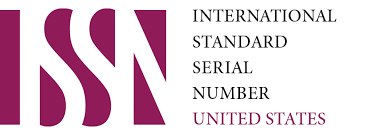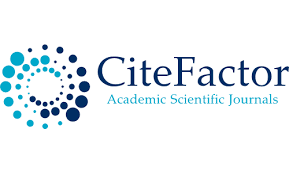Contrastive analysis of cross-language colloquial correspondence in English and Uzbek Languages
DOI:
https://doi.org/10.62480/tjpch.2024.vol33.pp5-9Keywords:
a colloquial word, a colloquial correspondenceAbstract
This article deals with the problem of the classification colloquial units into semantic categories in English, and define their equivalents in Uzbek language, as well as determine common or specific features of the contrasted languages, and explain the discrepancies in translation between two languages.
References
Al-Alami S. Using colloquial language in prose fiction texts: An exploratory study.
// Research Journal in Advanced Humanities, Volume 5, Issue 1. – Nairobi, 2024. – pp.1-15.
Аrnold I.V. Modern English Lexicology. – Моscow, 1986. – 269 pp.
Ball W.J. Conversational English. – London. – N.Y.: Longmans, Green and Company, 1954. – 284 pp.
Collins P. and X.Yao. Colloquial features in Word Englishes // International Journal of Corpus Linguistics,
Volume 18, Issue 4., John Benjamins Publishing Company, 2013. – pp. 479 – 505.
Dalzell T. and Victor T. – “The Concise New Partridge Dictionary of Slang and Unconventional English”. –
New York: 2007.
Flexner S.B. American slang. – In: The American language in the 1970-s. – Sacramento: Boyd & Frazer,
Green J. Encyclopedia of Language & Linguistics (Second Edition). – Elsevier Science, 2006. – 9000 pp.
Labov W. The logic of nonstandard English. – In: Varieties of Present-day English. – N.Y.: Macmillan, 1973.
Márquez M. and Speck B. The spoken core of British English: A diachronic analysis based on the BNC //
Miscelánea: A journal of English and American studies, V.37. – Valencia, 2008. – pp. 53-74.
Partridge E. Slang today and yesterday. – London: Routledge, 1953.
Rahimov G. Sociolinguistic features of British and American slang: PhD diss. – Samarkand, 2006. – 147 pp.
Satimova D. Comparative analysis of English and Uzbek youth slang. PhD diss. – Andijan, 2020. – 152 pp.
Downloads
Published
Issue
Section
License

This work is licensed under a Creative Commons Attribution-NonCommercial 4.0 International License.
User Rights
Under the Creative Commons Attribution-NonCommercial 4.0 International (CC-BY-NC), the author (s) and users are free to share (copy, distribute and transmit the contribution).
Rights of Authors
Authors retain the following rights:
1. Copyright and other proprietary rights relating to the article, such as patent rights,
2. the right to use the substance of the article in future works, including lectures and books,
3. the right to reproduce the article for own purposes, provided the copies are not offered for sale,
4. the right to self-archive the article.












